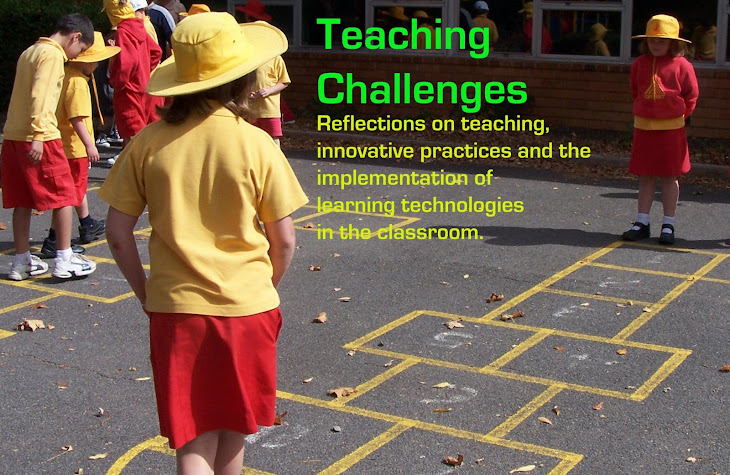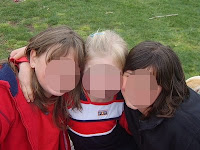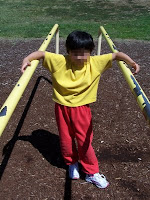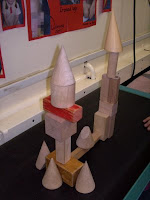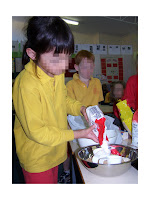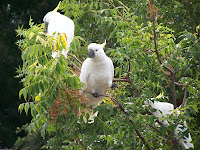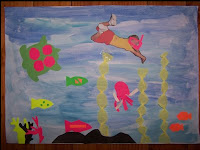We learnt the history behind the Quality Teaching Model, beginning with it's roots in the work on authentic teaching and assessment by Fred Newmann. Fred Newmann was involved in research in Chicago where they looked at cognitive activity of adults who worked successfully in a variety of occupations. 
From this research they determined three broad criteria for authentic work:
- Construction of Knowledge
- Disciplined Inquiry
- Value Beyond School
See here for more information on this research.
From what I understand, QLD kicked off the research and application of this in Australia. NSW then conducted a study on the Systematic Implications of Pedagogy and Achievement (SIPA) and introduced the Quality Teaching Model. The ACT has now adopted the Quality Teaching Model as well.
This model involves pedagogy that:
- promotes high levels of intellectual quality
- promotes a quality learning environment
- develops and makes explicit to students the significance of their work
Each of these dimensions are broken down into 6 elements which teachers can include in their programming, teaching and assessment.
After learning about the research and examining an example lesson, we teachers discussed the benefits we could see with using the Quality Teaching Model and any concerns we had about it's implementation. We felt that it would be a useful tool for teachers to use to reflect upon their practice and engage in professional dialogue with other teachers. It gives some direction for planning and programming and helps teachers to consider best practice. Some concerns that people had were with the use of the coding system - we don't particularly want people assessing our teaching using the coding, particularly if this will impact upon our pay (which is not the case at this stage).
My first thoughts for implementing this are to:
- find a way to use the model in everyday routines - spelling, classroom management, maths mentals etc.
- create authentic tasks to assess student learning
- refer to the model when planning Integrated Inquiry units
It will be interesting to see how things progress with this new model. As was pointed out at the session today, it's not really 'new' material, it's just setting things out in a way that's more accessible. If you've had any experience with the Quality Teaching Model or authentic teaching and assessment, please share your thoughts in a comment below.
Update: Just in from my PLN, the Queensland model that paved the way in Australia is the Productive Pedagogies Model. You can find out more here.
6/9/09 This link will take you to an overview of the dimensions and elements of the Quality Teaching Model.
